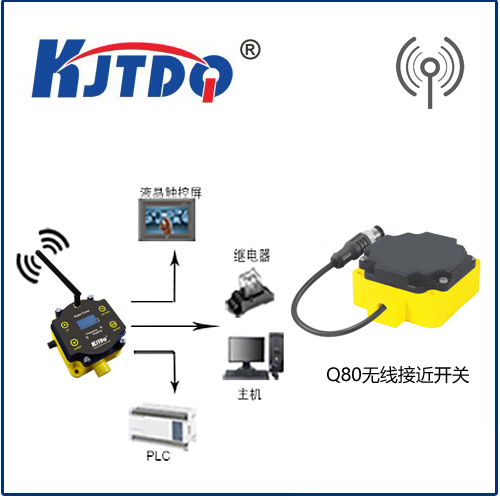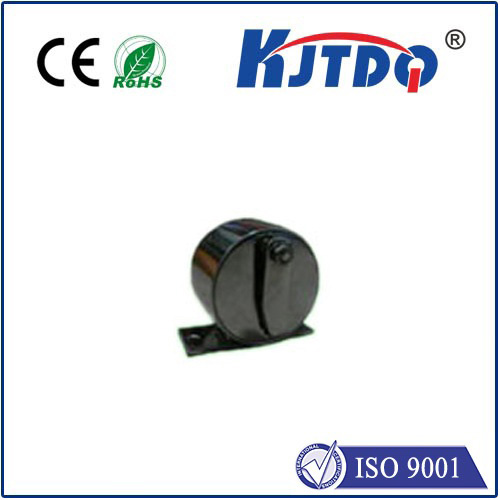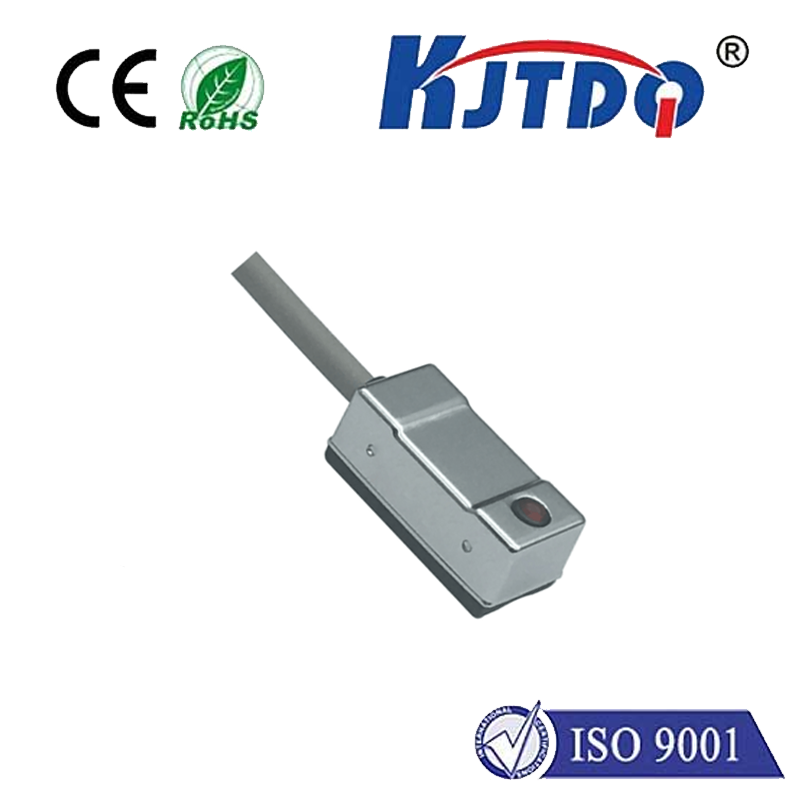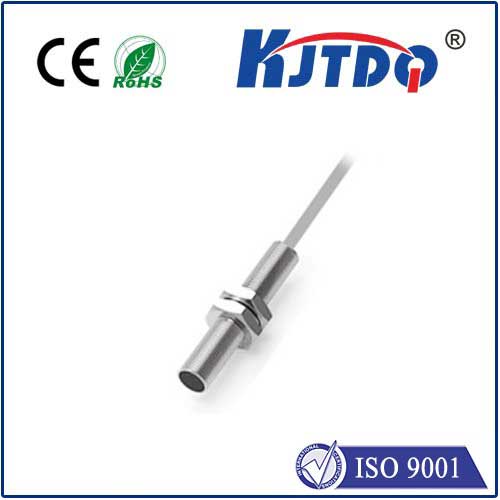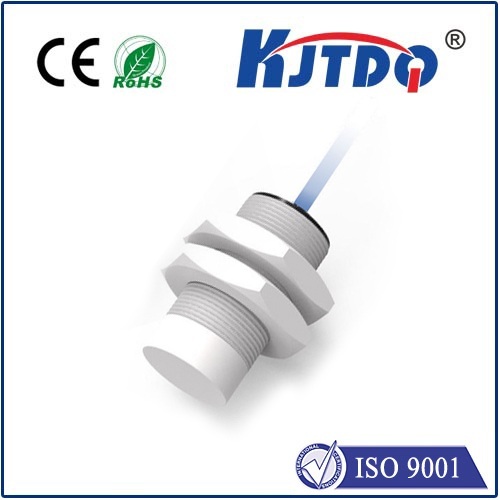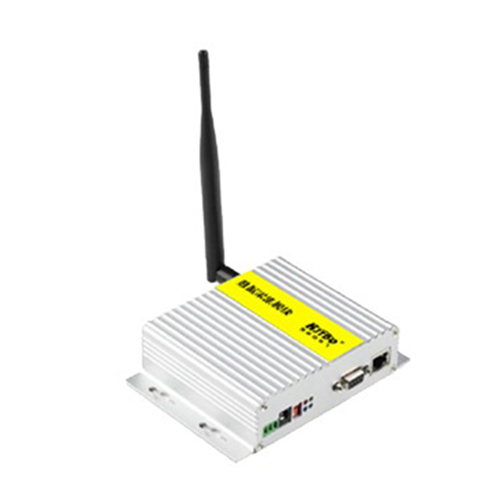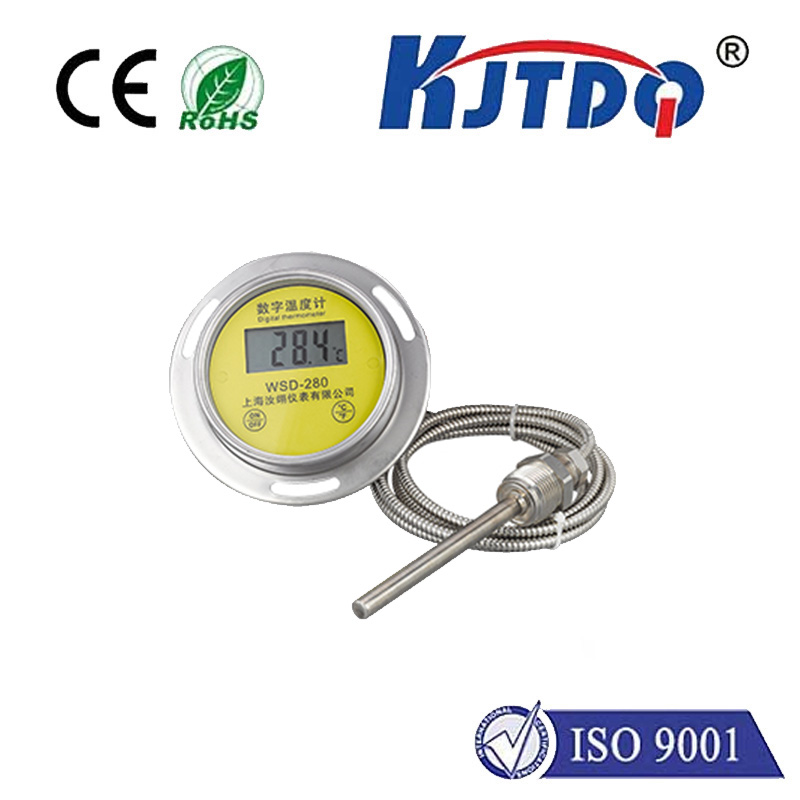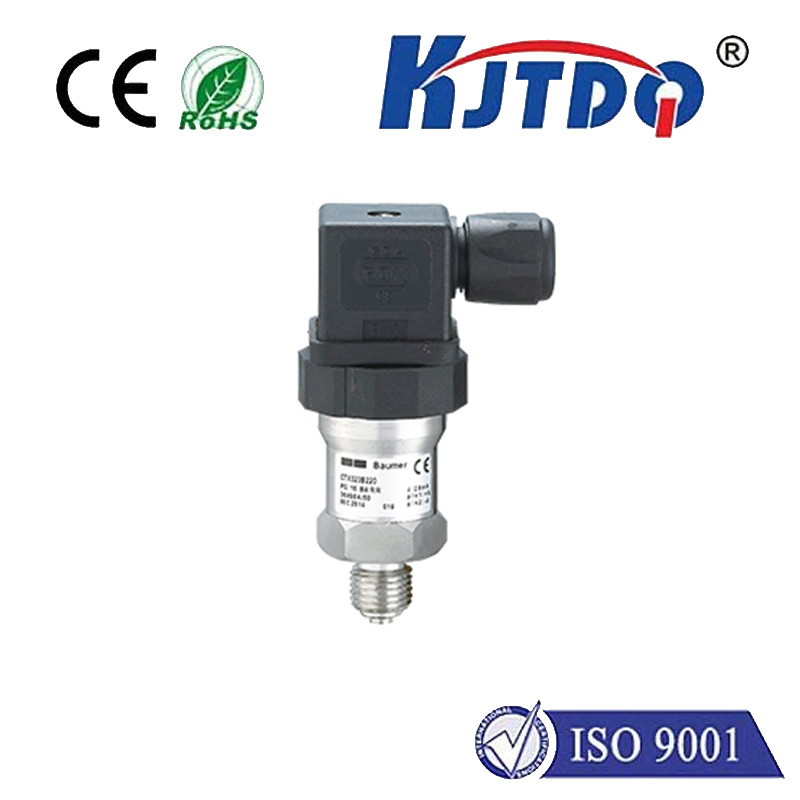

check

check

check

check

check

check

check

check

check

check

Title: The Transformative Power of Fiber Transducers in Modern Technology In the rapidly evolving landscape of modern technology, fiber transducers have emerged as a game-changing innovation with the potential to revolutionize various industries. These sophisticated devices harness the principles of optical physics to convert light signals into electrical signals and vice versa, enabling unprecedented levels of data transmission speeds and precision. As we delve into the world of fiber transducers, it becomes evident that they hold the key to unlocking new realms of communication and sensing applications, transforming the way we interact with the digital world. A Brief Overview of Fiber Transducers At its core, a fiber transducer consists of a thin strand of glass or plastic fiber that is capable of guiding light waves along its length. By modulating the light passing through the fiber, these transducers can convert optical signals into electrical signals and vice versa, facilitating efficient and accurate data transfer. This process forms the basis for numerous applications in telecommunications, medical imaging, structural health monitoring, and beyond. Revolutionizing Telecommunications The demand for faster, more reliable internet connections has led to the widespread adoption of fiber optic technology in telecommunications networks. Fiber transducers play a crucial role in this transformation by enabling high-speed data transmission with minimal signal loss over long distances. This not only enhances the overall performance of communication systems but also paves the way for emerging technologies such as 5G and beyond, which require ultra-low latency and high-bandwidth connections to support real-time data exchanges. Advancing Medical Imaging Techniques Fiber transducers are also making significant strides in the field of medical imaging. By utilizing their ability to convert light into electrical signals and vice versa, these devices enable the development of advanced imaging techniques such as optical coherence tomography (OCT) and photoacoustic microscopy. These methods offer high-resolution images of tissues and organs, allowing for early detection and diagnosis of diseases while minimizing invasive procedures. Moreover, fiber transducers can be integrated into endoscopes and other surgical instruments, providing real-time feedback during medical procedures and enhancing precision. Enhancing Structural Health Monitoring Systems The integration of fiber transducers into structural health monitoring systems represents another exciting application of this technology. By embedding these devices within infrastructure such as bridges, buildings, and pipelines, engineers can continuously monitor the condition of these structures and detect potential issues before they become major problems. This proactive approach not only extends the lifespan of critical assets but also ensures public safety by mitigating the risk of catastrophic failures. Additionally, fiber transducers can be used in conjunction with other sensors to create a comprehensive network that provides real-time data on environmental conditions, further enhancing our ability to manage and maintain complex systems. Conclusion: A Brave New World of Possibilities As we continue to explore the vast potential of fiber transducers, it becomes clear that they will play an increasingly vital role in shaping the future of various industries. From revolutionizing telecommunications and advancing medical imaging techniques to enhancing structural health monitoring systems, these innovative devices are paving the way for a new era of technological advancements. As researchers and engineers continue to push the boundaries of what is possible with fiber transducers, we can look forward to a future where our interactions with technology are more seamless, efficient, and ultimately transformative.
